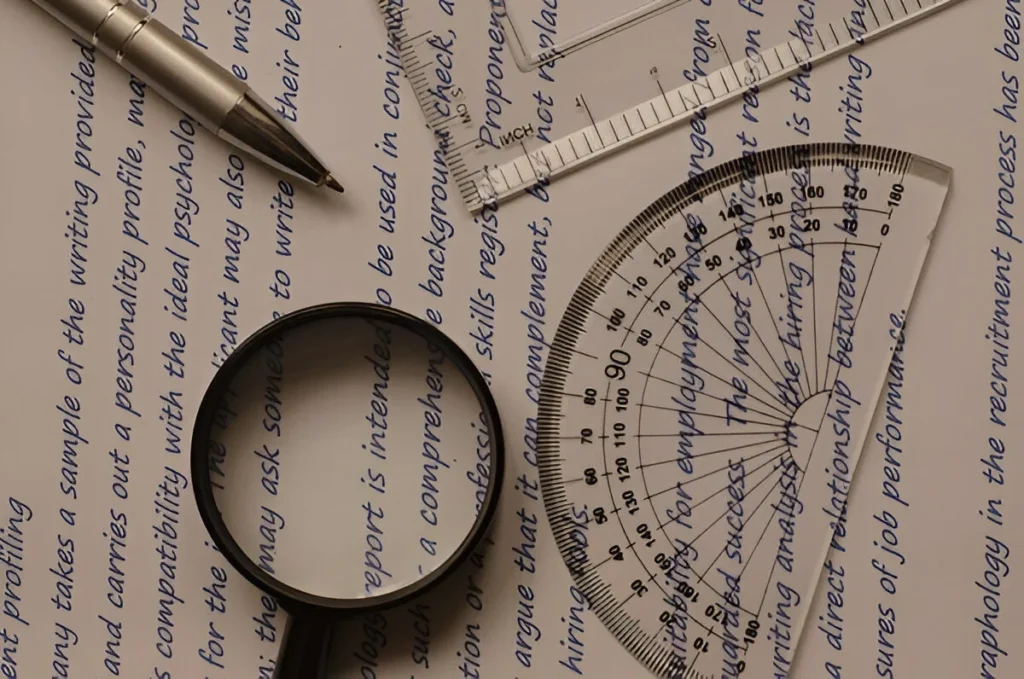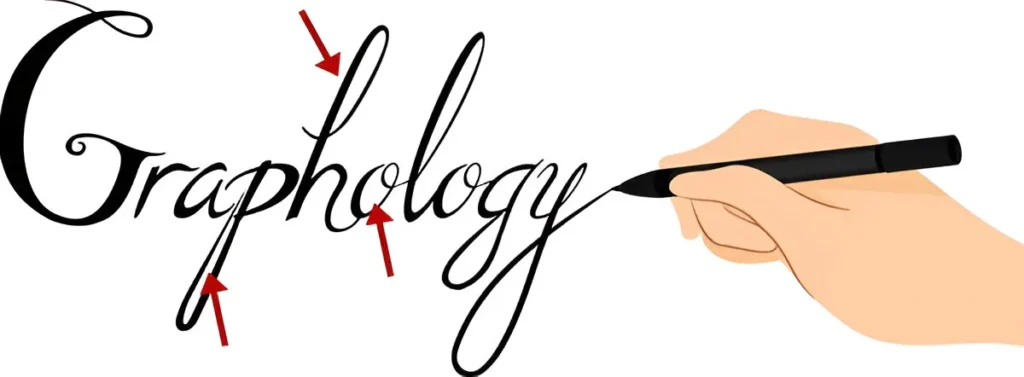What Is Graphology and How Can Beginners Use It
Graphology is more than handwriting study—learn how it works, where to start, and how the Best Graphology Institute in Kolkata helps build your skills.
Imagine being able to interpret a person’s mindset, behavior, and emotions—just from the way they write. That’s the foundation of graphology, a fascinating field that blends psychology, handwriting, and behavioral observation. While it has its share of skeptics, it’s also a growing discipline used in personal development, hiring, education, and even forensic work.
But what exactly is graphology, and how can someone new to it begin their journey? Let’s dive in.

Understanding Graphology in Simple Terms
At its core, graphology is the study of handwriting with the aim of revealing psychological states and personality traits. It suggests that our subconscious mind influences how we form letters, words, spacing, and pressure—all of which reflect our emotional and mental blueprint.
Whether you’re curious about why you dot your i’s with a loop or how someone’s slant reveals their emotional openness, graphology offers compelling insights.
Why Do People Learn Graphology?
Graphology isn’t just a curiosity—it has real-world applications that can be both practical and personal. People turn to it for various reasons:
- Self-discovery: Learn about your own strengths, weaknesses, and tendencies.
- Career guidance: Determine if a person is detail-oriented, creative, analytical, or collaborative.
- Hiring and HR: Help evaluate behavioral compatibility for roles.
- Therapy and counseling: Understand hidden emotions or mental blocks.
- Forensic and criminal analysis: Assess personality traits relevant to investigations.
It’s not magic—but a blend of observation, pattern recognition, and psychological inference.

How Beginners Can Start Learning Graphology
For someone just starting out, graphology may feel like learning a new language. But with structured guidance and curiosity, it’s highly accessible. Here’s how you can begin:
1. Build Observation Skills
Start by paying attention to basic handwriting features:
- Slant (left, right, upright): Reflects emotional expression and responsiveness.
- Size (large, medium, small): Indicates confidence, attention-seeking, or introversion.
- Spacing (between letters and words): Shows comfort with relationships and boundaries.
- Pressure (light or heavy): Ties into emotional depth or stress levels.
- Margins and layout: Reveal planning and orderliness.
2. Start With Common Graphological Signs
You don’t need to memorize everything at once. Begin with key traits:
- Tall lowercase t’s suggest ambition.
- Wide loops in y’s reflect openness in social or financial matters.
- Pointed m’s or n’s may indicate analytical thinking.
- Round a’s and o’s relate to communication clarity.
3. Practice on Real Samples
Analyze your handwriting or that of close friends. Make a habit of comparing different traits, noting consistencies and contrasts. Keep a notebook to record your findings.
4. Use Learning Aids
Several beginner books and online resources offer guided insights with visual examples. Look for ones that focus on practical applications rather than just definitions.
5. Consider Guided Learning
Once your interest deepens, structured courses or mentorship can accelerate your understanding. Real-time feedback helps avoid common misinterpretations, especially when analyzing complex traits.
Benefits of Learning Graphology the Right Way
When studied properly, graphology doesn’t just stay on paper—it becomes a tool for real-world problem-solving. Some of the benefits include:
- Enhanced emotional intelligence: Understand non-verbal cues and patterns of behavior.
- Improved relationships: Recognize compatibility issues or misunderstandings.
- Career direction: Discover whether someone thrives in creative, structured, or analytical roles.
- Conflict resolution: Uncover hidden triggers or unresolved tensions.
Graphology and Its Evolving Role in Modern Life
While some traditionalists view graphology through a mystical lens, modern graphologists rely on frameworks that are grounded in behavioral science. The technique is now being explored alongside:
- AI handwriting recognition
- Cognitive psychology
- Behavioral profiling
- Educational diagnostics
Though not universally accepted as a hard science, its utility in pattern analysis and behavioral insight continues to grow.
Graphology for Curious Minds
For those who simply want to dip their toes in, learning the basics of graphology can still be illuminating. In fact, even understanding just 5–6 major handwriting traits can:
- Help you read emotional cues during interactions
- Guide you during team selection or conflict resolution
- Make you more mindful of your own behavioral tendencies
And since every sample is unique, there’s always something new to learn.
Where to Learn: A Quiet Leader in Graphology Education
For learners seeking structured, ethical, and skill-based education, a few institutes across India stand out. One of the most respected names is based right in West Bengal, known for its commitment to psychology-backed graphological education, practical training, and student mentorship.
This Best Graphology Institute in Kolkata has earned recognition not through marketing but through its alumni’s contributions across HR, education, therapy, and law enforcement sectors.
Courses range from beginner-friendly modules to advanced handwriting profiling, with plenty of real-world case studies and access to seasoned experts.

Frequently Asked Questions (FAQs)
Q1. Can anyone learn graphology, or do I need a psychology background?
Absolutely anyone can begin learning it. While a background in psychology helps, graphology is a skill developed through practice and observation.
Q2. Is graphology scientifically proven?
It depends on context. While graphology is not classified as a hard science, aspects of it are used in psychological assessment and forensic profiling. Like all tools, its value lies in how responsibly it’s used.
Q3. How long does it take to become proficient?
Beginners can grasp the basics in 3–6 months, but becoming proficient enough to analyze deeply takes consistent study and practice.
Q4. Is it useful only for handwriting in English?
Not at all. Graphological principles apply to most alphabet-based scripts. However, analysis may vary based on language structure and cultural norms.
Q5. How can I know if an institute is credible?
Look for institutes that:
- Offer mentorship and live analysis sessions
- Use psychology-based frameworks
- Provide certification with recognized backing
- Encourage ethical application, not just commercial use
A Penstroke Into Personality
Learning graphology isn’t just about observing loops and strokes—it’s about unlocking the stories our subconscious mind tells through writing. As a beginner, you don’t need to decode every letter to benefit from it. Even a basic understanding can improve your communication, empathy, and decision-making.
If you’re drawn to psychology, behavior, and personal insight, then learning this skill might just open the door to a lifelong journey. And when you’re ready to take the next step, institutions like the Institute of Graphology can guide you toward advanced understanding and meaningful applications.
Because in the end, every mark we make on paper is a small reflection of who we are. And learning to read it? That’s where the magic begins.
